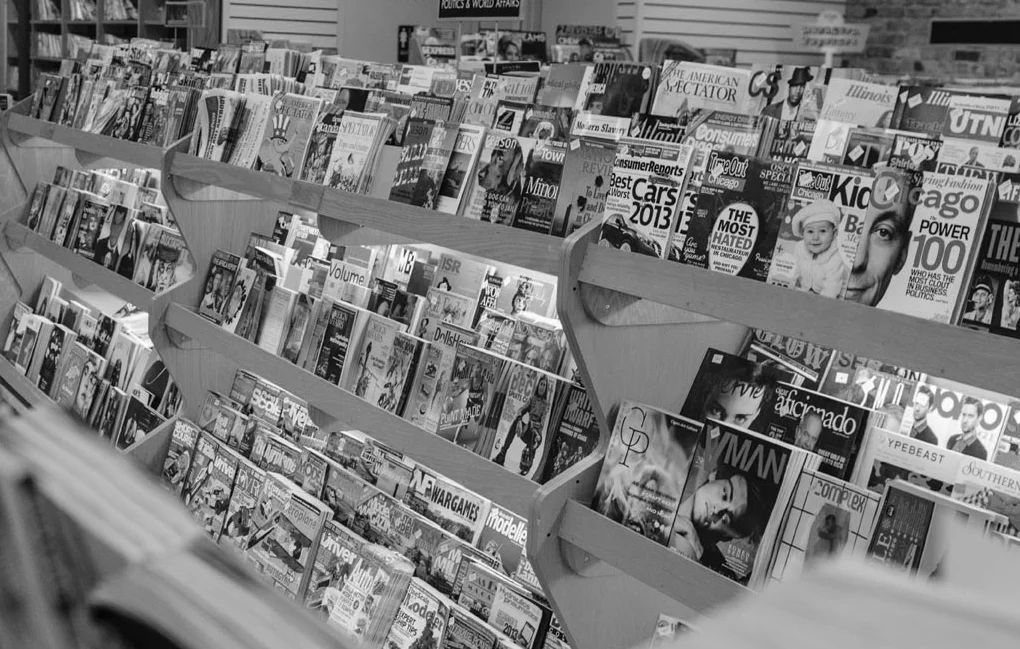CIO Today UK publisher Michael Azzopardi contacted Flip Page a couple of years ago looking for a solution to publish a digital magazine. He definitely had a concept in mind and needed a specific solution that would meet his requirements. In his words;
"Out of all of the products I tested, Flip Page was, without a doubt, the best value, most customisable and fully-functional tool I could find."
Having just celebrated their first birthday as a digital only magazine we asked Michael to provide some details regarding CIO Today UK and the success he and his team have enjoyed.
1. Who is Genisys Group?
Genisys Group are the magazine’s publishers. They partner with organisations around the world to help them realise the benefits of implementing and supporting technology, so making them the perfect investors in CIO Today UK Magazine.
2. What is CIO Today UK?
CIO Today UK is a C-level, B2B, UK-based, online magazine that focuses on issues important to senior corporate IT decision makers.
3. What was the impetus for a digital magazine launch?
We felt it was a great time to be able to reach out to senior IT decision-makers with a strong message and provide a non-biased opinion on solutions, strategies, issues and best-practices. Whilst there are a small number of CIO Today UK ‘competitors’ in the market today, we wanted to provide a fresh-faced alternative to what was available at the time. A reader emailed us after the publication of the first issue and summed it up perfectly for us: “It’s hard to believe the November issue of CIO Today UK is also the first. The publication combines authority with stunning fresh design to arrive on the scene with a bang!”
4. Why launch digitally instead of print?
I was initially torn between going online-only, and a mixture of both digital and traditional print. I’m quite old-school when it comes to publications and still enjoy leafing through a new issue of a print magazine. This being said, as a tablet user, I fully understand and appreciate the flexibility of a digital magazine and am now starting to replace my print subscriptions with digital subscriptions. The cost comparisons, combined with the speed and efficiency of issuing a new magazine made perfect sense so I decided to go with digital-only; a decision I have never regretted.
5. Aside from the Flip Page version of CIO Today UK how else do you connect with your digital audience? Email? Social Media? Website?
The magazine enjoys a rapidly growing LinkedIn group and Twitter page as well as a popular website, which includes a daily RSS News Feed. We publish monthly articles on the website that are replicated within the magazine, creating synergy between the two mediums.
6. What marketing or promotional strategies have you employed in order to gain subscribers to your free magazine? Was one strategy more effective than others?
Due to the targeted readership of the magazine, some strategies have worked considerably better than others. We have found that utilising social media has been extremely useful in generating interest. To ‘test the water’, two months prior to the magazine launch, we created the LinkedIn group and used it predominantly as a news feed as well as a ‘recruiting tool’. I updated the group every morning (weekends included) with daily news and interest articles and saw the group’s member’s numbers increase daily. We used the group, as well as Twitter to pre-register people to receive a magazine subscription approximately a month before first publication date and used this as the initial database of subscribers. We also had splash page on the magazine’s website www.ciotodayuk.com for people to ‘pre-register’ prior to initial publication.
7. Are there any 'digital only' tools that are being applied to CIO Today UK's digital magazine in order to engage readers?
We are utilising Flip Page's propriety BRC/Callback facility for advertisements that are placed within the magazine. To have an easy-to-use tool that translates directly to advertiser’s ROI is incredibly useful and a great selling point when it comes to pitching media sales within the magazine. The magazine will be 12 months old in October this year, and has gone through an organic ‘learning-curve’ through its comparatively young lifespan. Small changes have been made to the look and feel of the magazine, without deviating too much from the original business model and future plans do include a greater utilisation of available digital engagement tools such as embedded video.
8. What is the future of CIO Today UK?
We will be expanding the publication’s reach by creating CIO Today US and CIO Today IN for both a North American and Indian readership. Our publishers, Genisys Group has a presence in three continents, Europe, North America and Asia, so we are hoping to be able to assist in brand recognition throughout all of these.
Want to find CIO Today UK on the web? Click here. Want to view their anniversary issue? Click here.*
* CIO Today UK offers limited pages for complimentary viewing. To view the entire publication a registration form must be completed.







